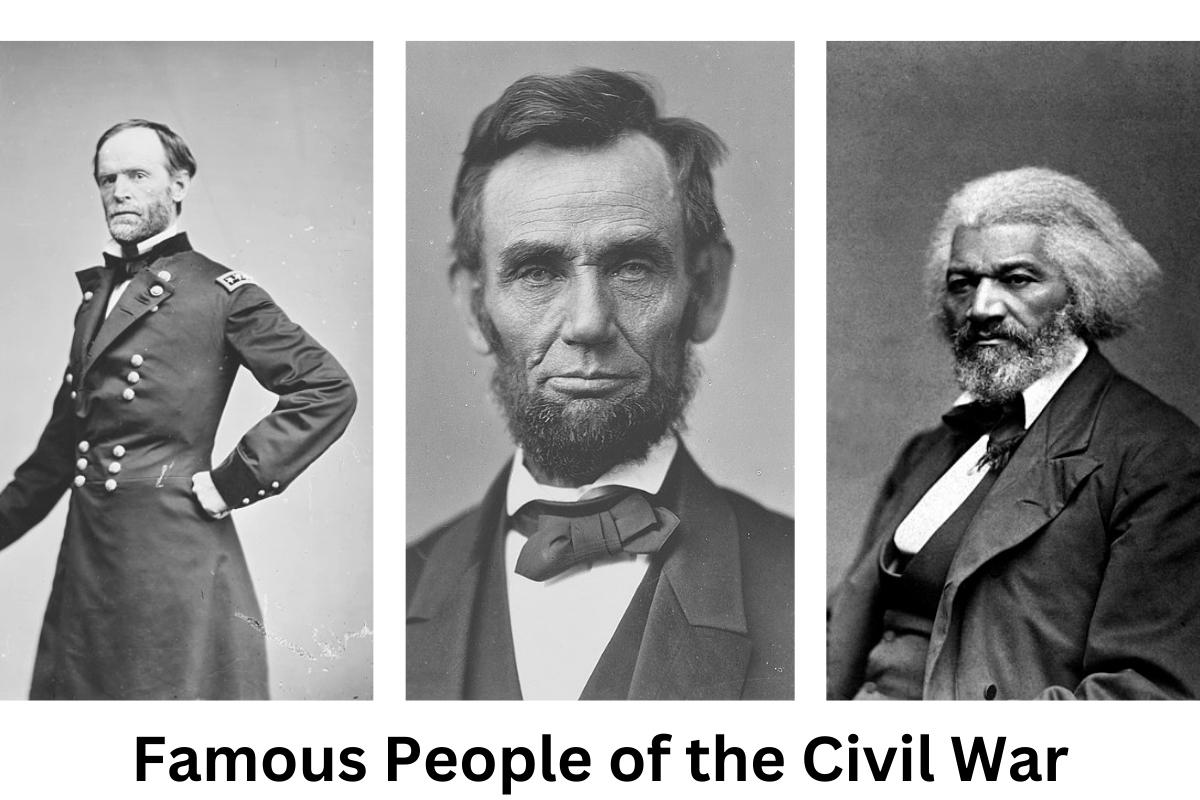The American Civil War (April 12, 1861 – May 26, 1865) was a US civil war. It was fought between the Union (or “North”) and the Confederacy (or “South”), which was created by secessionist states.
The major reason of the conflict was a disagreement over whether slavery should be allowed to extend into western areas, resulting in new slave states, or if it should be prohibited, which was seen to set slavery on the path to extinction.
Decades of political debate over slavery were brought to a peak by Abraham Lincoln’s win in the 1860 U.S. presidential election, who opposed the extension of slavery.
In 1861, seven southern slave states seceded from the Union and created the Confederacy, taking United States forts and other government assets inside their boundaries.
Under President Jefferson Davis, the Confederacy gained control of at least a majority of territory in eleven of the then-34 United States. Four years of heavy fighting occurred, especially in the South.
Here are some of the most famous people of the Civil War.
Important People of the Civil War
1. Abraham Lincoln
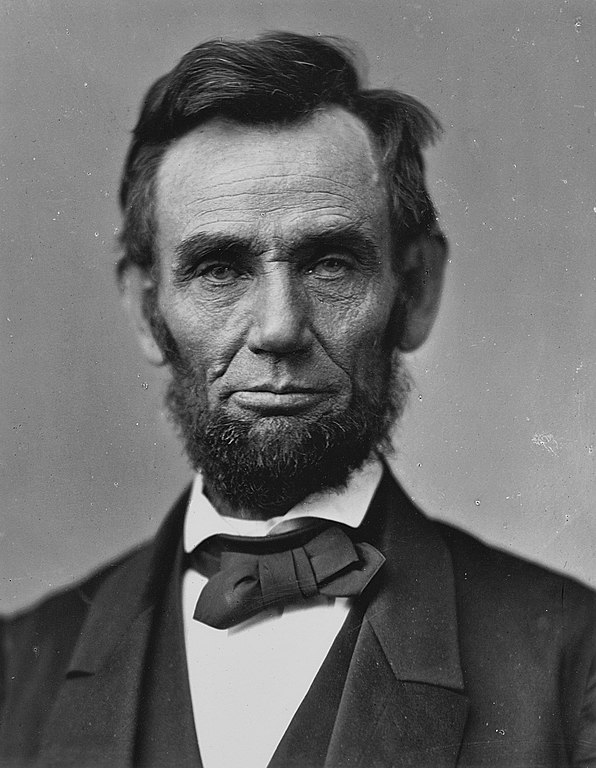
Abraham Lincoln (February 12, 1809 – April 15, 1865) was an American lawyer and politician who served as the 16th President of the United States from 1861 to 1865.
Lincoln led the country through the American Civil War, maintaining the Union, eliminating slavery, strengthening the federal government, and modernizing the American economy.
Lincoln was born in a log cabin in Kentucky into poverty and reared on the frontier, largely in Indiana. He schooled himself and went on to become a lawyer, Whig Party leader, Illinois state politician, and United States Congressman from Illinois.
Also Read: Civil War Timeline
In 1849, he returned to his legal profession, but he was irritated by the Kansas-Nebraska Act of 1854, which opened up further areas to slavery.
In 1854, he reentered politics as a leader of the nascent Republican Party, and in the 1858 Senate campaign debates against Stephen Douglas, he attracted a national audience.
In 1860, Lincoln ran for President and won by sweeping the North. Southern states started seceding from the Union as pro-slavery factions saw his victory as a danger to slavery.
Also Read: Slave Ships
The newly created Confederate States of America started taking federal military posts in the south about this time. The Confederate States of America stormed Fort Sumter, a United States fort in South Carolina, little over a month after Lincoln took office.
Following the bombardment, Lincoln called in reinforcements to put down the revolt and restore the Union.
2. Jefferson Davis
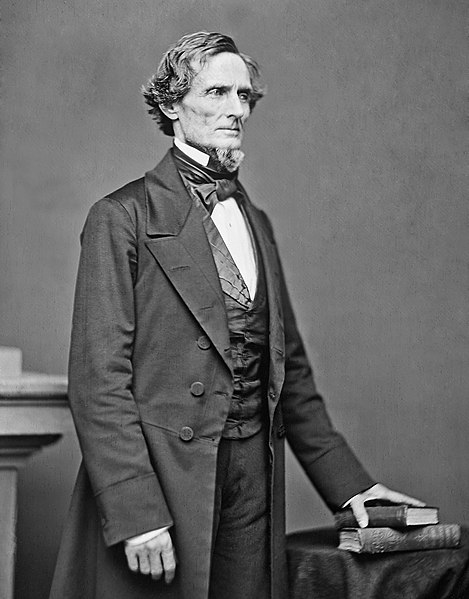
Jefferson Finis Davis (June 3, 1808 – December 6, 1889) was an American politician who led the Confederate States of America from 1861 to 1865.
Before the American Civil War, he represented Mississippi in the United States Senate and House of Representatives as a member of the Democratic Party. He previously served as the United States Secretary of War under President Franklin Pierce from 1853 to 1857.
Also Read: Civil War Questions
Davis was the youngest of 10 children born to a fairly successful farmer in Fairview, Kentucky. He was born in Wilkinson County, Mississippi, and raised in Louisiana. His older brother, Joseph Emory Davis, obtained the appointment of the younger Davis to the United States Military Academy.
Jefferson Davis joined the United States Army as a lieutenant after graduation. He served as the colonel of a volunteer regiment during the Mexican-American War (1846-1848).
Prior to the American Civil War, he had a huge cotton estate in Mississippi given to him by his brother Joseph, and he owned up to 113 slaves. Despite his opposition to secession in 1858, Davis felt states had an unassailable right to quit the Union.
Davis married Sarah Knox Taylor, the daughter of future President Zachary Taylor, when he was 27 years old in 1835. Soon after, they were both infected with malaria, and Sarah died after just three months of marriage. Davis recovered slowly and had periodic attacks of the sickness for the rest of his life.
3. Robert E. Lee
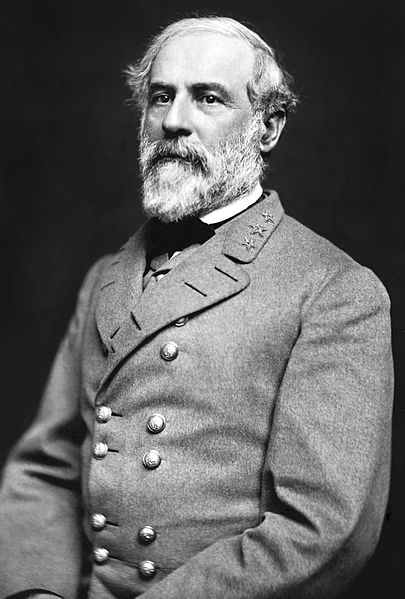
Robert Edward Lee (January 19, 1807 – October 12, 1870) was a Confederate general who served as the overall commander of the Confederate States Army at the conclusion of the American Civil War.
From 1862 until 1865, he headed the Force of Northern Virginia, the Confederacy’s most formidable army, acquiring a reputation as a superb strategist.
Lee was a top graduate of the United States Military Academy and an extraordinary commander and military engineer in the United States Army for 32 years. He was the son of Revolutionary War soldier Henry “Light Horse Harry” Lee III.
Also Read: Famous Civil War Generals
He served all around the country, made a name for himself during the Mexican-American War, and was the Superintendent of the United States Military Academy. Lee also married Mary Anna Custis Lee, the great-granddaughter of George Washington and Martha Washington. While he was philosophically opposed to slavery, Lee accepted its legality and owned hundreds of slaves.
When Virginia proclaimed secession from the Union in 1861, Lee elected to follow his home state’s lead, despite his wish for the nation to stay together and a top Union command offer. He fought in minor combat actions and as a key military advisor to Confederate President Jefferson Davis during the first year of the Civil War.
Following the wounded of Joseph E. Johnston, Lee assumed command of the Army of Northern Virginia during the Peninsula Campaign in June 1862. During the Seven Days Battles, he was successful in forcing the Union Army of the Potomac under George B. McClellan away from the Confederate capital of Richmond, but he was unable to defeat McClellan’s army.
In August, Lee defeated Union soldiers led by John Pope in the Second Battle of Bull Run. His September invasion of Maryland ended in the indecisive Battle of Antietam, following which he fled to Virginia.
Lee achieved two decisive wins at Fredericksburg and Chancellorsville before mounting a second invasion of the North in the summer of 1863, when he was severely beaten by the Army of the Potomac under George Meade at the Battle of Gettysburg.
Before General Ulysses S. Grant acquired command of Union soldiers in the spring of 1864, he commanded his army in the brief and indecisive Bristoe Campaign that autumn.
Also Read: Facts About Appomattox Court House
Before the lengthy Siege of Petersburg, Grant engaged Lee’s army in bloody but inconclusive battles at the Wilderness and Spotsylvania, which was followed in April 1865 by the capture of Richmond and the destruction of most of Lee’s army, which he eventually surrendered to Grant at Appomattox Court House.
4. Ulysses S. Grant

Ulysses S. Grant (April 27, 1822 – July 23, 1885) was an American military commander and politician who served as the country’s 18th president from 1869 to 1877.
He led the Union Army to victory in the American Civil War as Commanding General in 1865, and then briefly served as Secretary of War.
Later, as president, Grant was a successful civil rights executive, signing the measure that established the Justice Department and collaborating with Radical Republicans to defend African Americans during Reconstruction.
Grant, who was raised in Ohio, had an outstanding talent with horses. Grant was admitted to West Point and graduated 21st in his class in 1843, serving with distinction in the Mexican-American War.
He married Julia Dent in 1848, and the couple had four children. In 1854, Grant resigned from the army and returned to his family, although he lived in poverty.
After the American Civil War began in 1861, he joined the Union Army and gained to notoriety by winning numerous early Union victories on the Western Theater.
In 1863, he conducted the Vicksburg campaign, which took control of the Mississippi River, giving the Confederacy a significant strategic blow and cutting it in two. Following his triumph at Chattanooga, President Abraham Lincoln elevated him to lieutenant general.
Grant faced Robert E. Lee for thirteen months, throughout the high-casualty Overland Campaign and at Petersburg. Grant beat Lee at Appomattox after he evacuated Petersburg. Lee officially surrendered to Grant on April 9, 1865.
Lincoln was murdered a week later, and he was replaced by President Andrew Johnson, who advanced Grant to General of the Army in 1866. Later, Grant publicly disagreed with Johnson on Reconstruction policy; Grant utilized the Reconstruction Acts, which were approved against Johnson’s veto, to enforce civil rights for newly liberated African Americans.
Grant, a combat hero pulled in by his sense of duty, was nominated overwhelmingly by the Republican Party and elected president in 1868.
Also Read: Presidents who served in the Military During the Civil War
As president, Grant helped to restore the postwar national economy, advocated for Congressional Reconstruction, the 15th Amendment, and annihilated the Ku Klux Klan.
The Union was totally rebuilt under Grant. He appointed African Americans and Jews to significant government positions.
5. Frederick Douglass
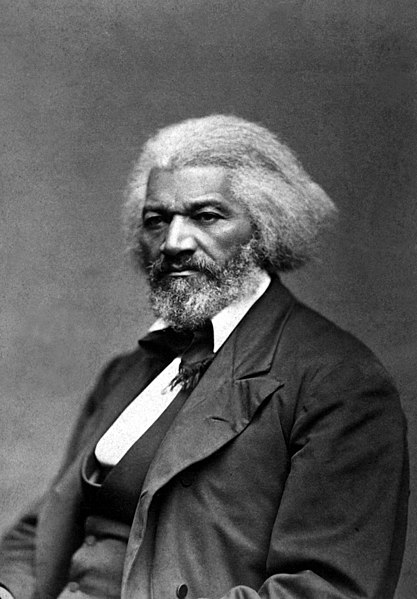
Frederick Douglass (February 20, 1895 – c. February 1817) was an American social reformer, abolitionist, orator, writer, and politician who was born Frederick Augustus Washington Bailey.
He became a national leader of the abolitionist movement in Massachusetts and New York after escaping from slavery in Maryland, becoming recognized for his oratory and sharp antislavery writings.
Also Read: Famous Abolitionists
As a result, abolitionists at the time saw him as a live counterexample to slaveholders’ claims that slaves had the intellectual ability to act as independent American citizens.
Northerners found it difficult to understand that such a famous orator had formerly been a slave. Douglass published his first autobiography in reaction to this incredulity.
Douglass published three autobiographies, the first of which, Narrative of the Life of Frederick Douglass, an American Slave (1845), became a bestseller and was crucial in supporting the cause of abolition, as did his second book, My Bondage and My Freedom (1855).
Following the Civil War, Douglass became an outspoken advocate for the rights of freed slaves, and he published his last autobiography, Life and Times of Frederick Douglass.
The book, first published in 1881 and republished three years before his death in 1892, recounts events both during and after the Civil War. Frederick Douglass was also an outspoken supporter of women’s suffrage and held various official positions.
Douglass became the first African American nominated for Vice President of the United States without his consent, as Victoria Woodhull’s running partner and Vice Presidential contender on the Equal Rights Party platform.
Douglass believed in discussion and forming partnerships across racial and ideological lines, as well as the liberal ideas enshrined in the United States Constitution.
6. Stonewall Jackson
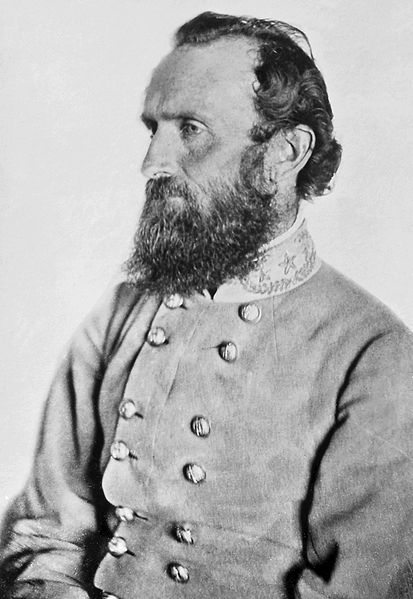
Thomas Jonathan “Stonewall” Jackson (January 21, 1824 – May 10, 1863) was a Confederate general and one of the most well-known Confederate commanders after Robert E. Lee.
Until his death, he was involved in practically all military engagements in the Eastern Theater of the war, and he was instrumental in winning several critical battles of the Civil War.
Military historians consider him to be one of the most talented tactical commanders in American history. His strategies are currently being researched.
Jackson was born in what was then part of Virginia (now West Virginia) and was admitted to the United States Military Academy at West Point, where he graduated in 1846.
During the Mexican-American War of 1846-1848, he participated in the United States Army and distinguished himself at Chapultepec. He taught at the Virginia Military Institute from 1851 until 1861, when he was unpopular with his pupils.
7. Clara Barton
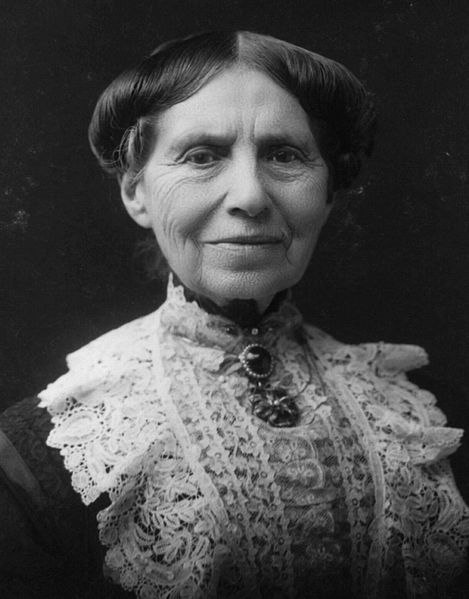
Clara Barton (December 25, 1821 – April 12, 1912) was a nurse and the founder of the American Red Cross. During the American Civil War, she worked as a hospital nurse, a teacher, and a patent clerk.
She offered self-taught nursing care since nursing education was not highly institutionalized at the time and she did not attend nursing school.
Barton is notable for her humanitarian efforts and civil rights activism at a period when women did not have the right to vote. In 1973, she was inducted into the National Women’s Hall of Fame.
Also Read: Famous Women in the Civil War
Barton gained national attention by giving talks on her combat experiences in 1865-1868 around the country. During this period, she met Susan B. Anthony and became involved in the women’s suffrage campaign.
She also got acquainted with Frederick Douglass and became a civil rights activist. She was psychologically and physically drained after her cross-country trip, and she was under doctor’s instructions to travel someplace distant from her present job. In 1868, she disbanded the Missing Soldiers Office and sailed to Europe.
During a trip to Geneva, Switzerland in 1869, Barton was introduced to the Red Cross and Dr. Appia; he subsequently invited her to be the agent for the American branch of the Red Cross and assisted her in finding financial benefactors for the establishment of the American Red Cross.
8. William Tecumseh Sherman
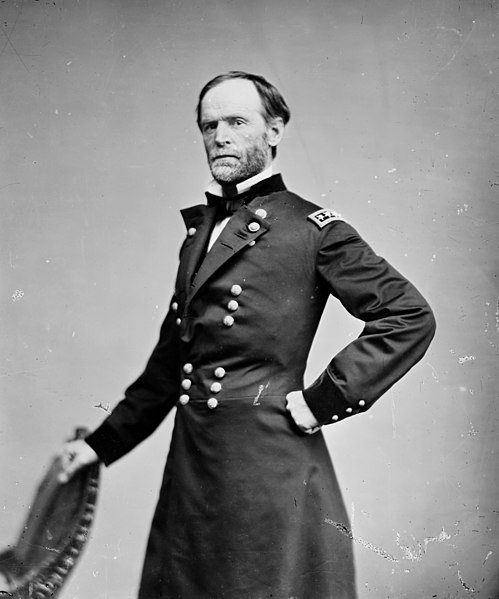
William Tecumseh Sherman (February 8, 1820 – February 14, 1891) was a soldier, businessman, educator, and author from the United States.
During the American Civil War (1861–1865), he served as a general in the Union Army, earning respect for his grasp of military strategy as well as condemnation for the brutality of the scorched-earth policy he enacted against the Confederate States. Sherman was dubbed “the first modern general” by British military theorist and historian B. H. Liddell Hart.
Sherman, who was born in Ohio into a politically important family, graduated from the United States Military Academy at West Point in 1840. In 1853, he left the army to pursue private business activities, with little success.
He became superintendent of the Louisiana State Seminary of Learning and Military Academy (now Louisiana State University) in 1859, a post he relinquished when Louisiana seceded from the Union.
Before being sent to the Western Theater, Sherman led a brigade of volunteers in the First Battle of Bull Run in 1861. He was stationed in Kentucky, where his pessimism about the war’s prospects led to a breakdown that necessitated a temporary leave of absence.
He rebounded by forming an alliance with General Ulysses S. Grant. Sherman fought alongside Grant in the Battles of Fort Henry and Fort Donelson, the Battle of Shiloh, the campaigns that resulted in the fall of the Confederate stronghold of Vicksburg on the Mississippi River, and the Chattanooga campaign, which culminated in the routing of Confederate armies in Tennessee.
Sherman replaced Grant as Union commander in the Western Theater in 1864. He spearheaded the conquest of Atlanta, a military victory that helped to President Abraham Lincoln’s re-election.
Sherman’s following march into Georgia and the Carolinas included minimal combat but large-scale damage of cotton farms and other infrastructure, a methodical approach designed to degrade the Confederacy’s capacity and motivation to fight.
In April 1865, Sherman accepted the surrender of the Confederate troops in the Carolinas, Georgia, and Florida, but the conditions he negotiated were deemed too liberal by United States Secretary of War Edwin Stanton, who ordered General Grant to revise them.
Sherman took over as Commanding General of the Army after Grant became President of the United States in March 1869. Sherman was in charge of the United States Army’s participation in the Indian Wars from 1869 until 1883.
He refused to get dragged into party politics and wrote his memoirs in 1875, which became one of the most well-known first-hand accounts of the Civil War.
9. Nathan Bedford Forrest
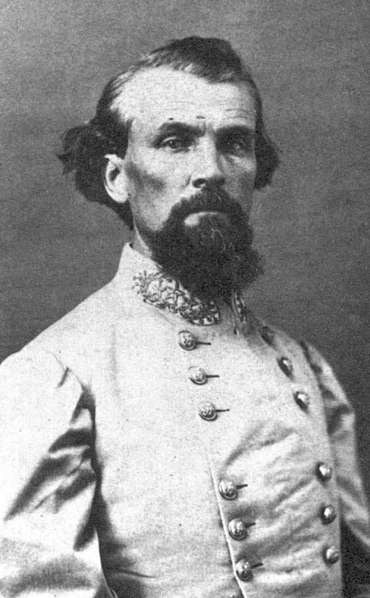
Nathan Bedford Forrest (July 13, 1821 – October 29, 1877) was a Confederate Army commander during the American Civil War and the Ku Klux Klan’s first Grand Wizard from 1867 to 1869.
Forrest earned considerable riches before to the war as a cotton plantation owner, horse and cattle dealer, real estate broker, and slave trader.
He joined the Confederate Army in June 1861, becoming one of the few soldiers throughout the war to enroll as a private and be promoted to general without any previous military training.
Forrest, a skilled cavalry commander, was given command of a corps and devised new doctrines for mobile troops, giving him the moniker “The Wizard of the Saddle.”
Although some critics believe the Confederate high command underrated his skills, he utilized his cavalry forces as mounted infantry and often placed artillery as the lead in combat, thereby helping to “revolutionize cavalry tactics.”
While scholars generally acknowledge Forrest’s skills and acumen as a cavalry leader and military strategist, he has remained a contentious figure in Southern racial history for his main role in the massacre of several hundred Union soldiers, the majority of whom were black, at Fort Pillow, as well as his role as a Klan leader after the war.
10. Jubal Early
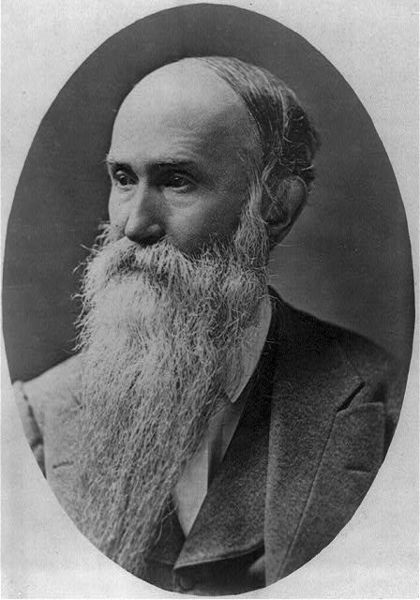
Jubal Anderson Early (November 3, 1816 – March 2, 1894) was a Virginia lawyer and politician who rose through the ranks of the Confederacy during the American Civil War.
Early, who attended the United States Military Academy, resigned his U.S. Army commission after the Second Seminole War and his Virginia military appointment after the Mexican-American War to practice law and engage in politics, respectively.
As the American Civil War started, Early accepted a Virginia and subsequently a Confederate military commission, and served in the Eastern Theater throughout the battle.
He led a division and eventually a corps under Generals Stonewall Jackson and Richard Ewell.
During the Valley Campaigns of 1864, Early was a key Confederate defender of the Shenandoah Valley, making daring raids to the outskirts of Washington, D.C., and as far as York, Pennsylvania, but was crushed by Union forces led by General Philip Sheridan, losing over half his forces and destroying much of the South’s food supply.
Following the war, Early escaped to Mexico, then Cuba, and Canada before returning to the United States as a “unrepentant rebel.”
Early provided speeches articulating the Lost Cause stance, particularly following the death of Gen. Robert E. Lee in 1870. Early was instrumental in establishing the Southern Historical Society and memorial groups.
